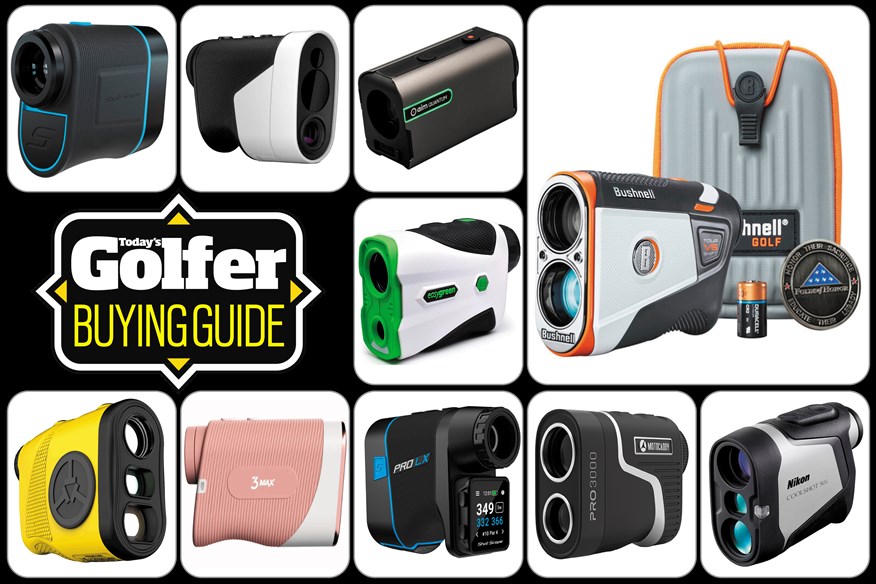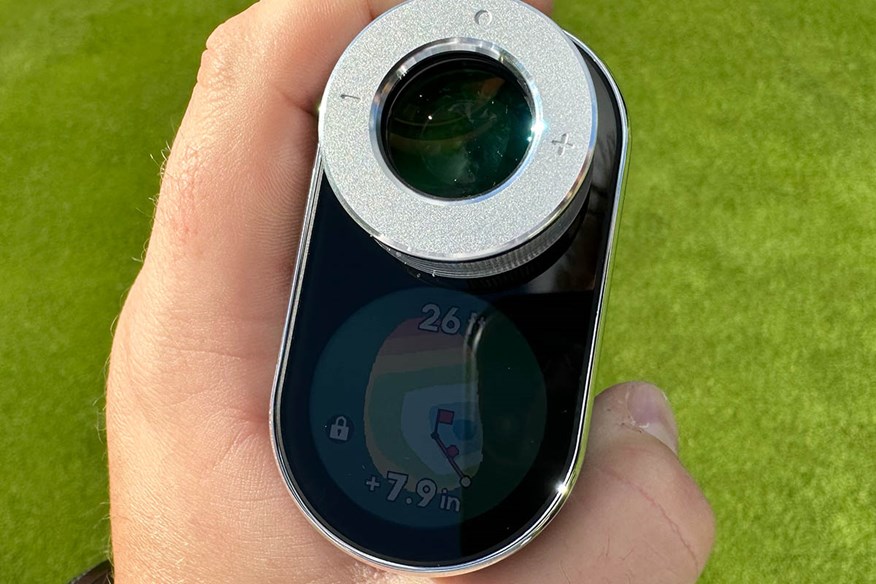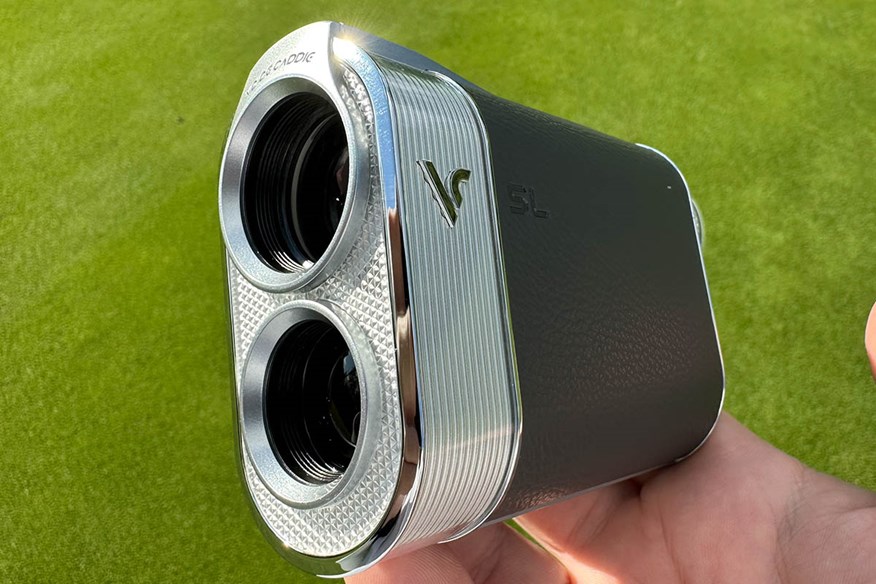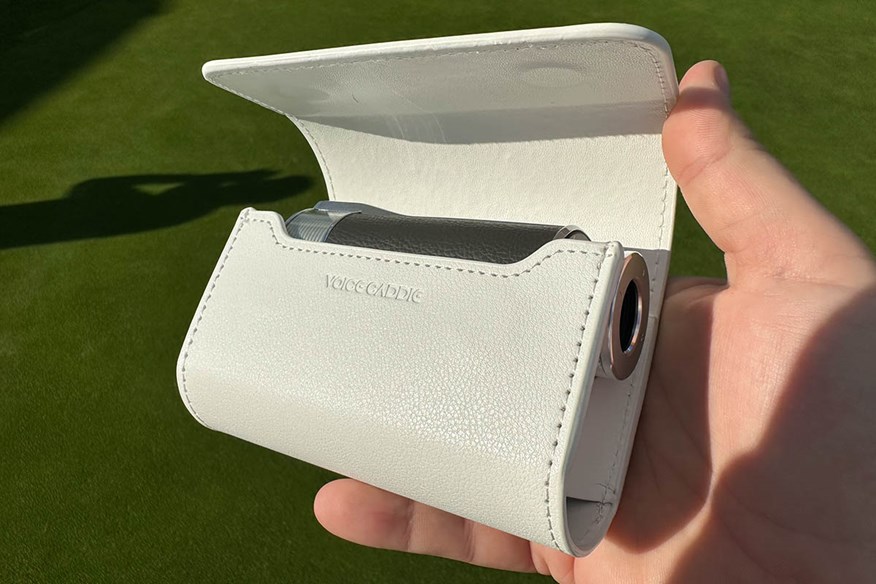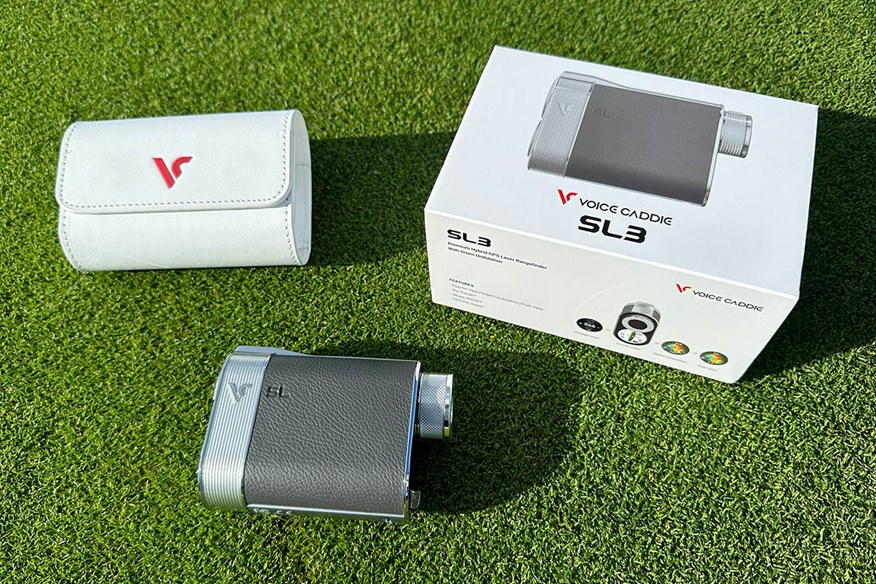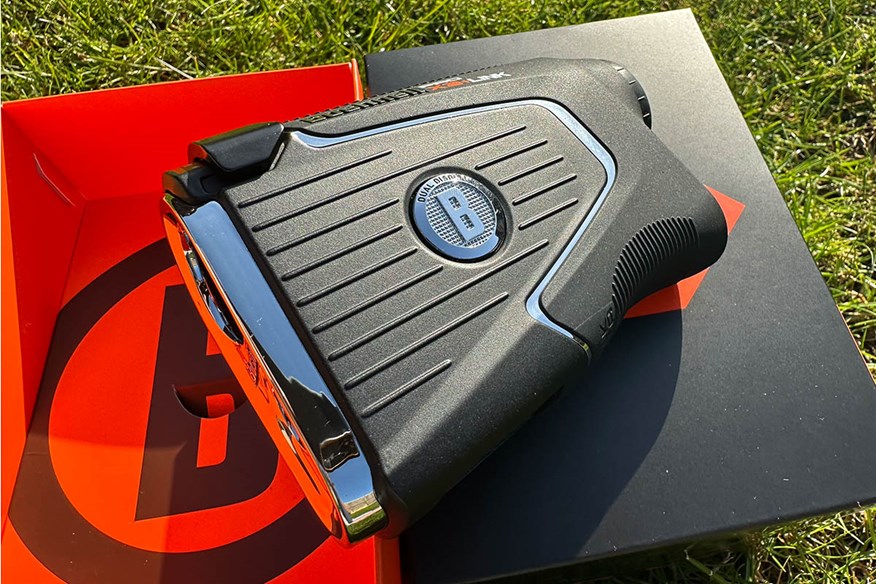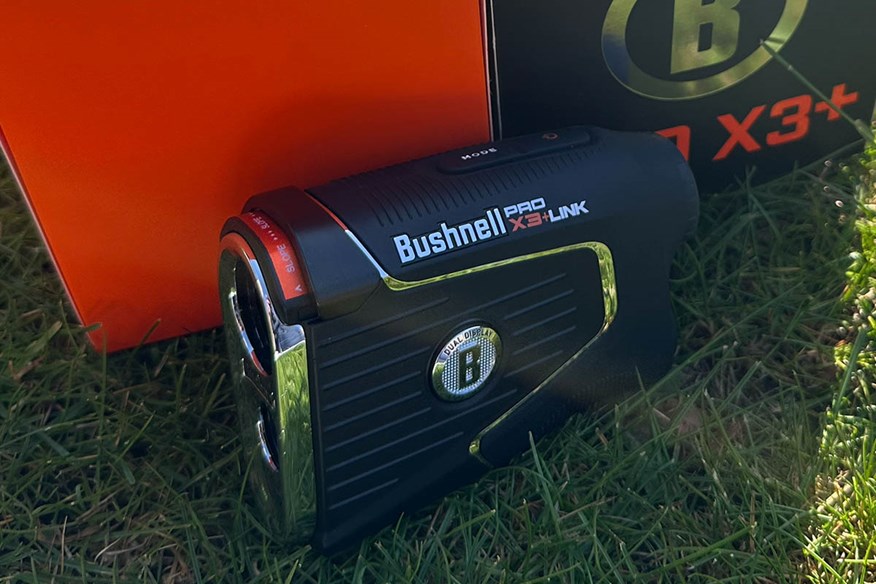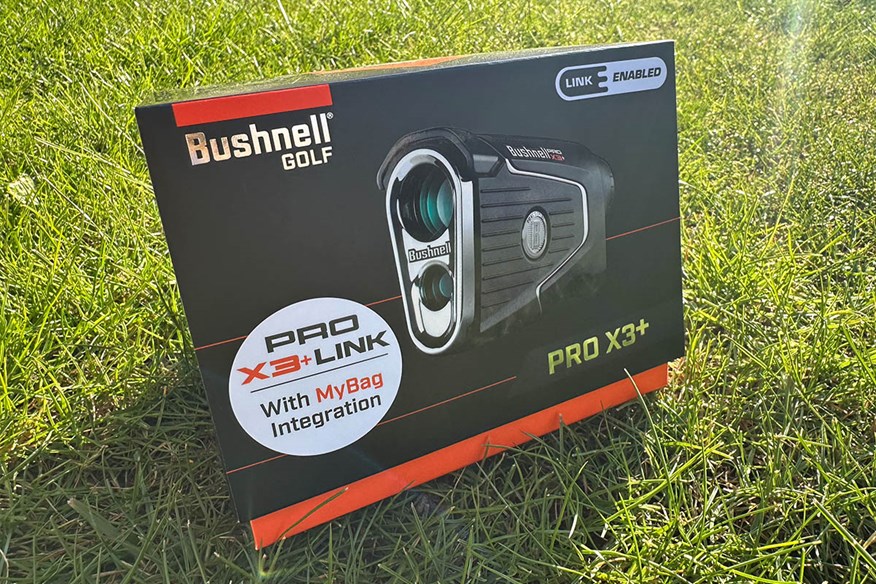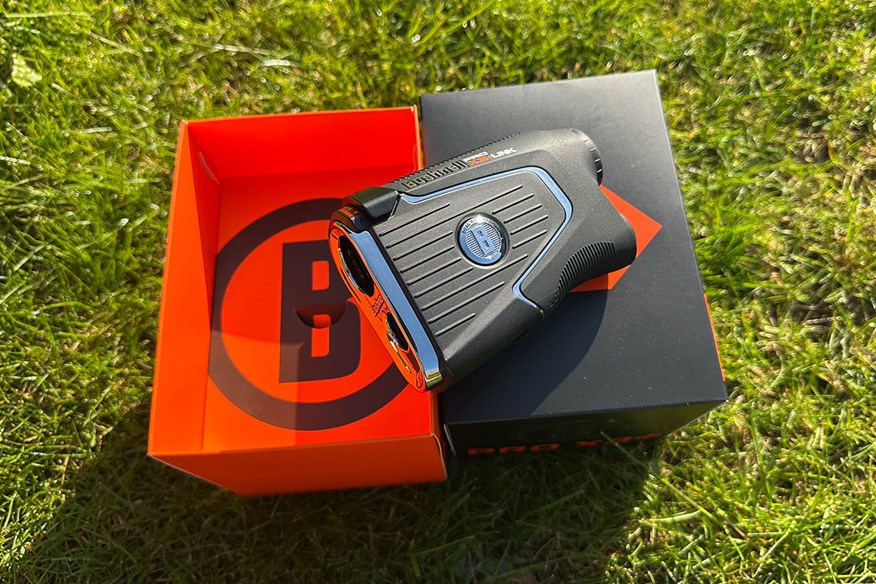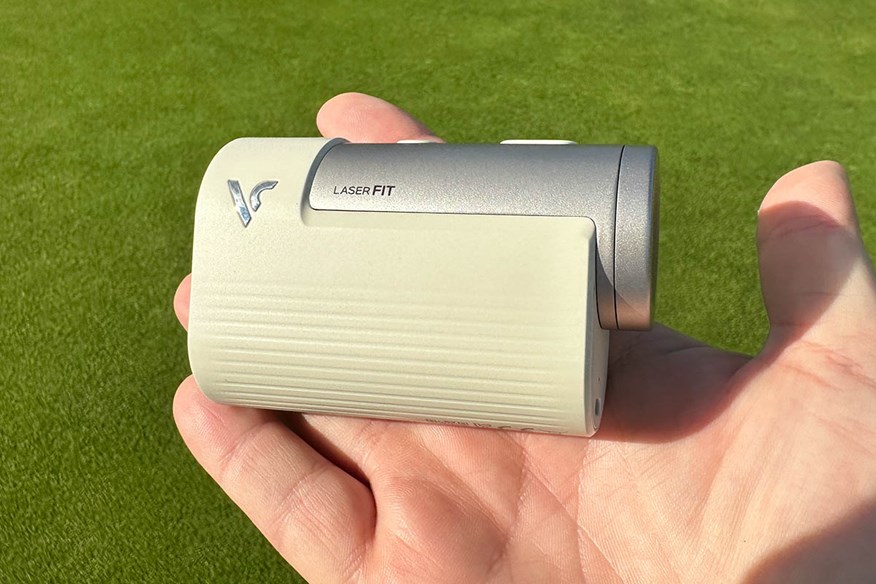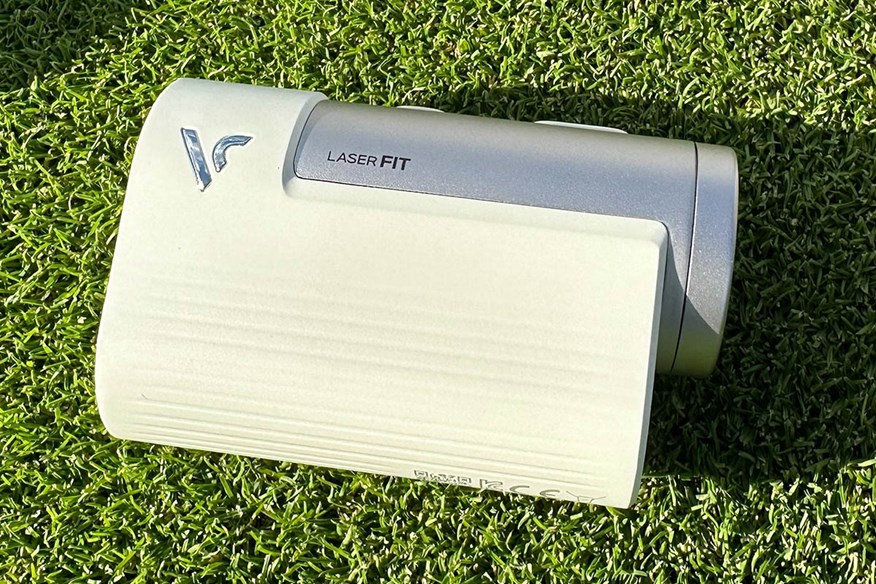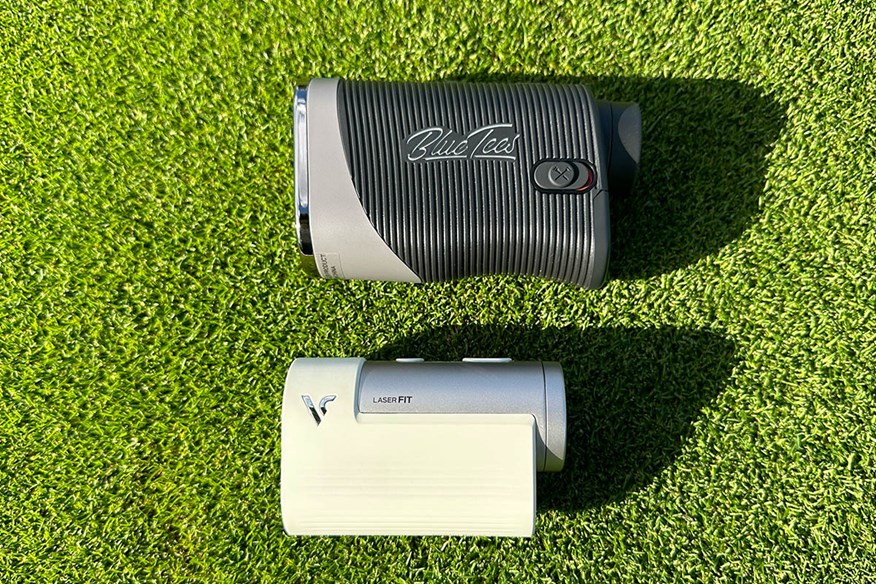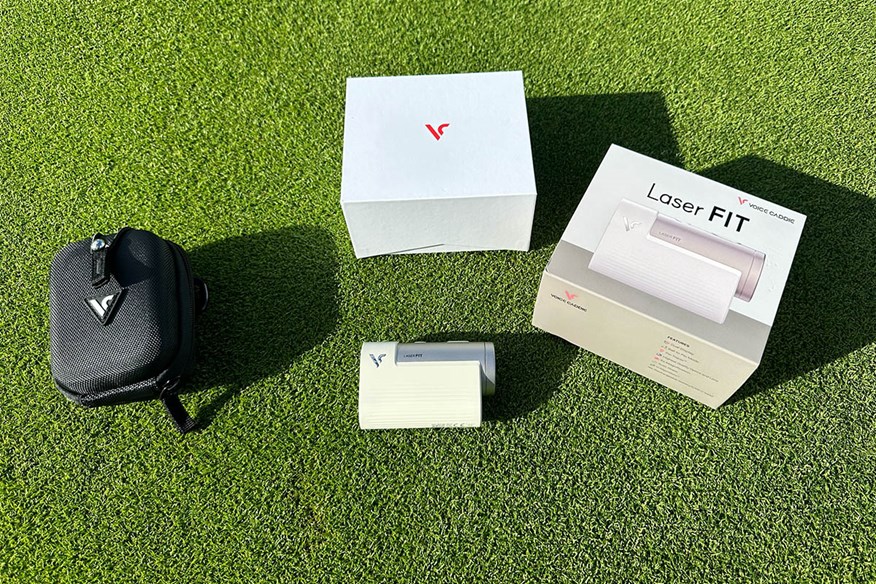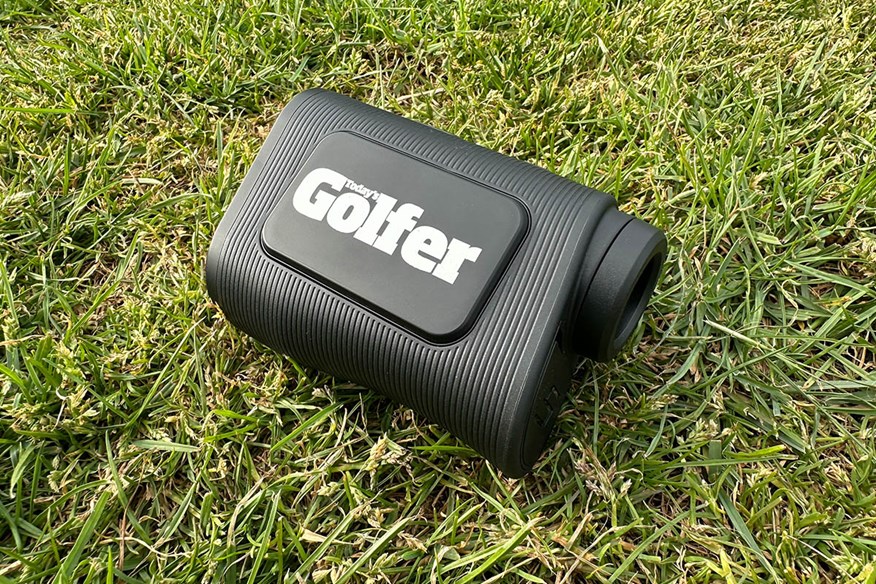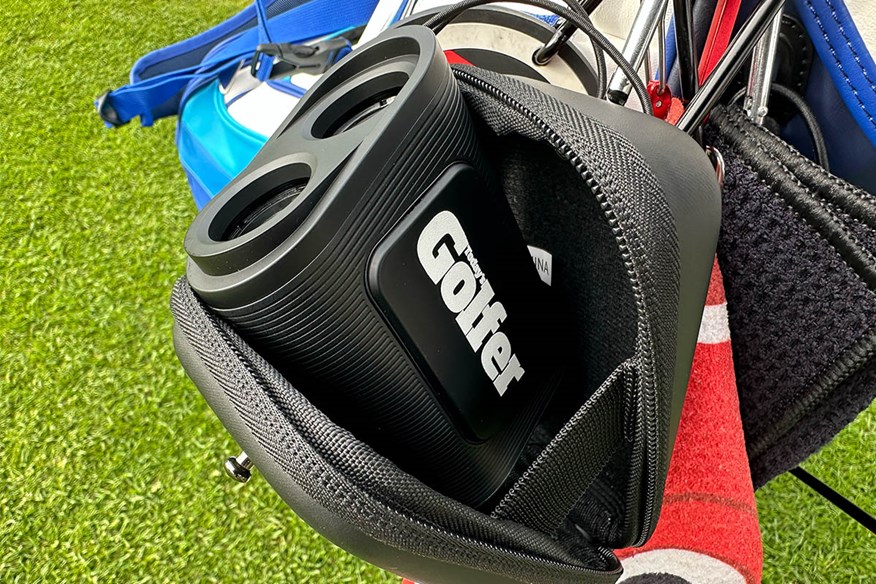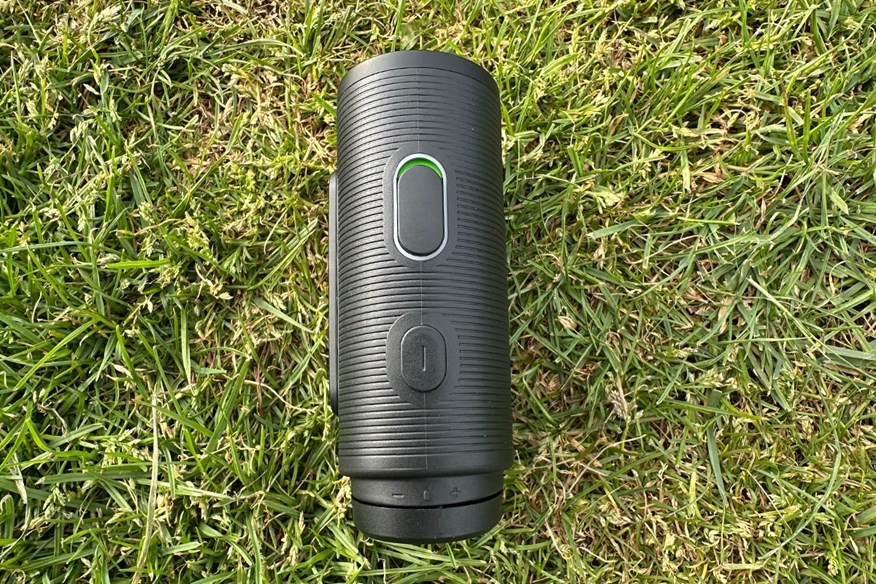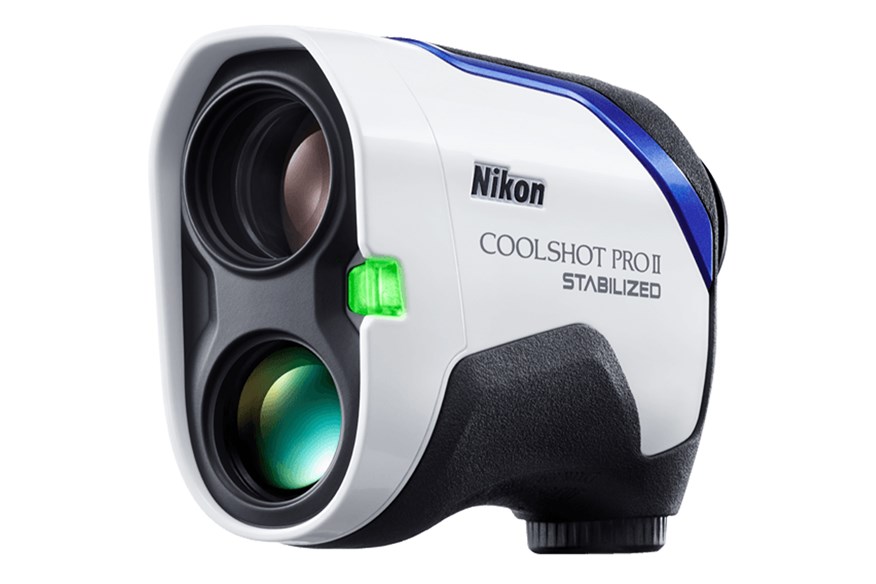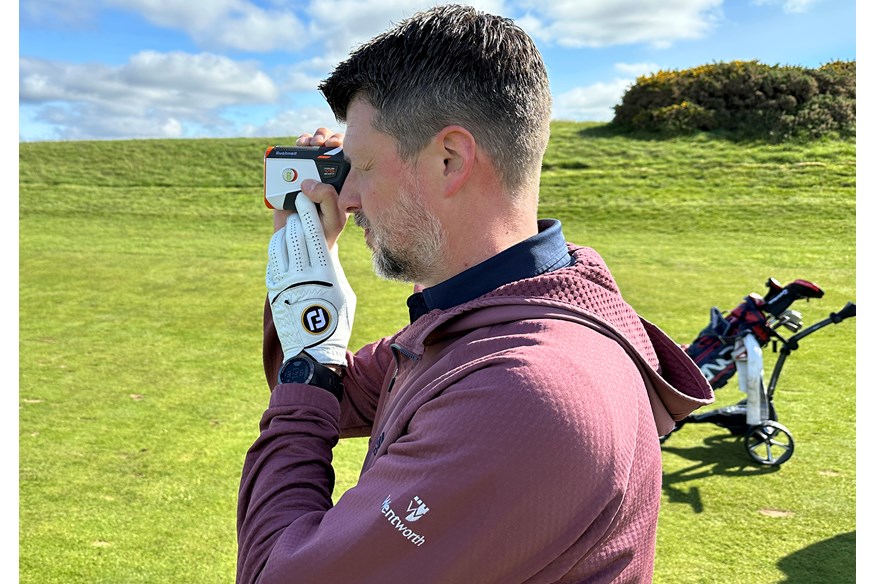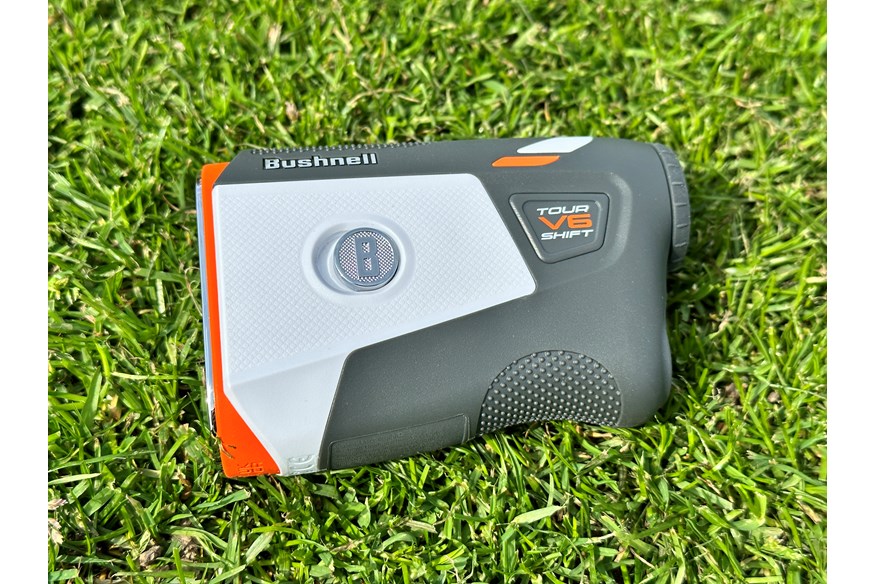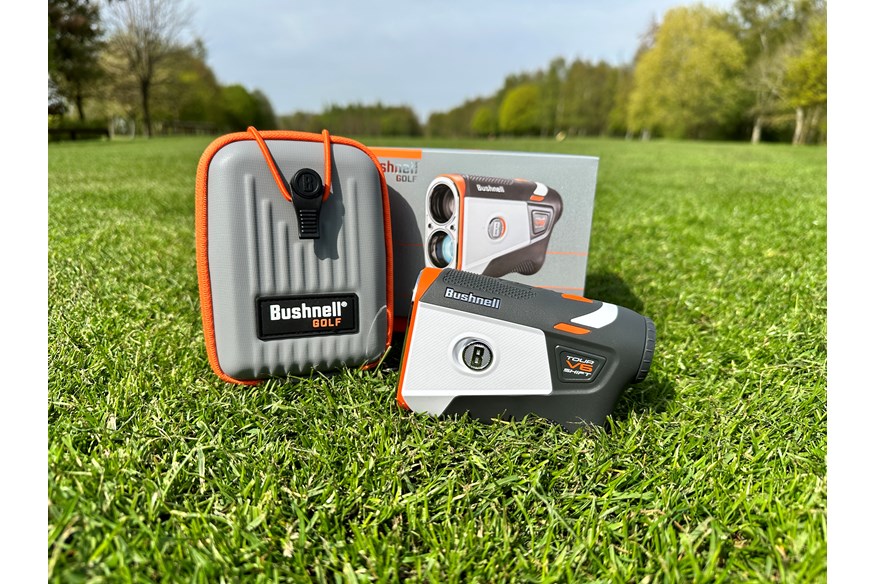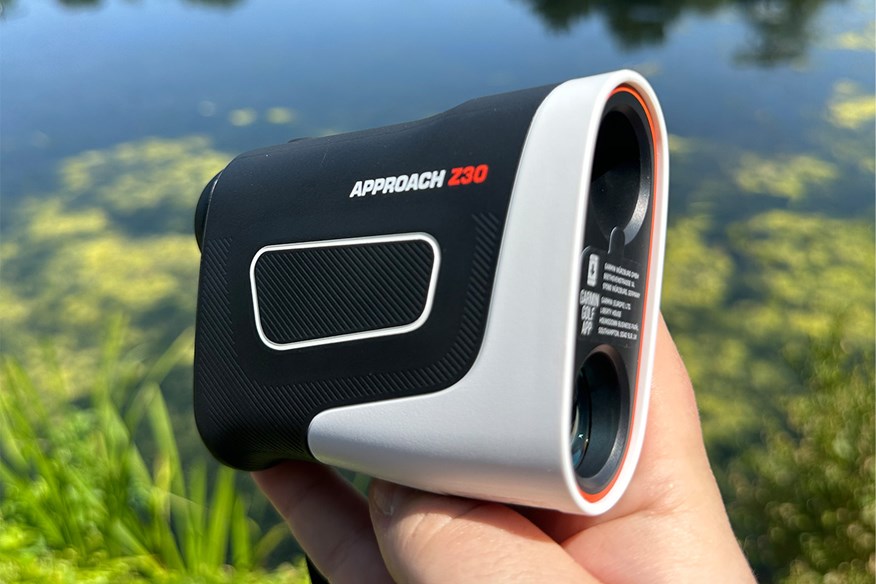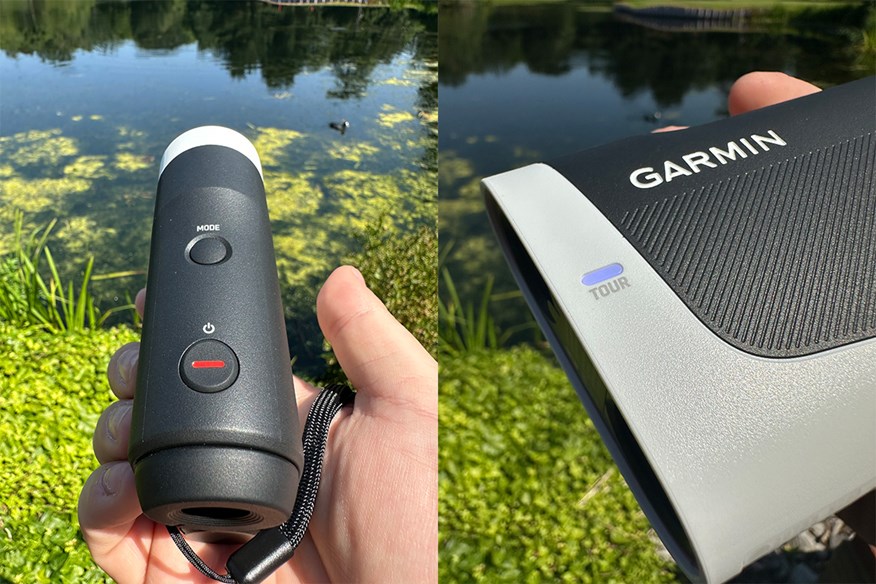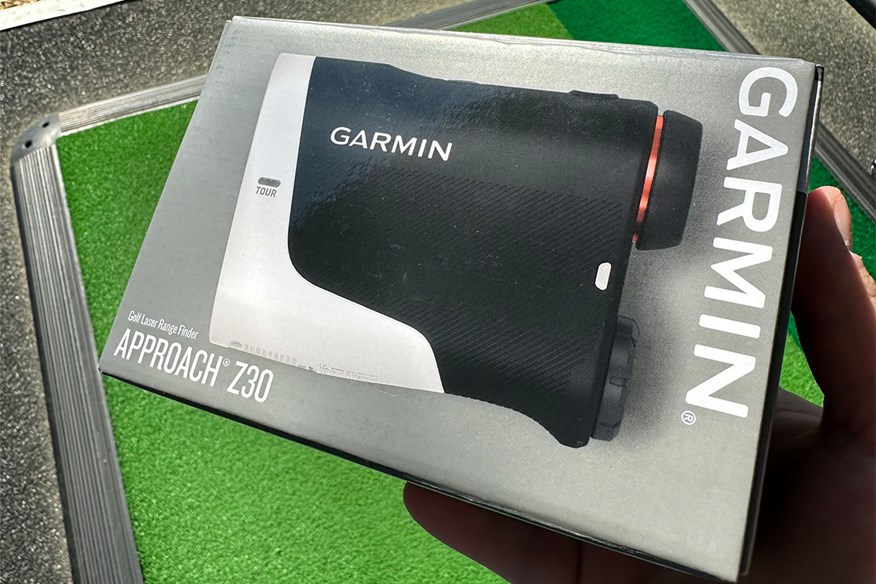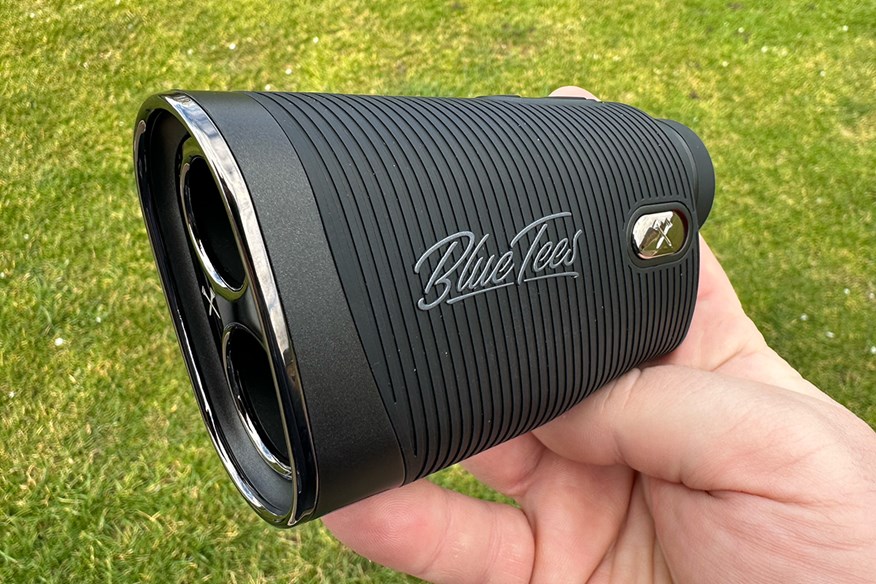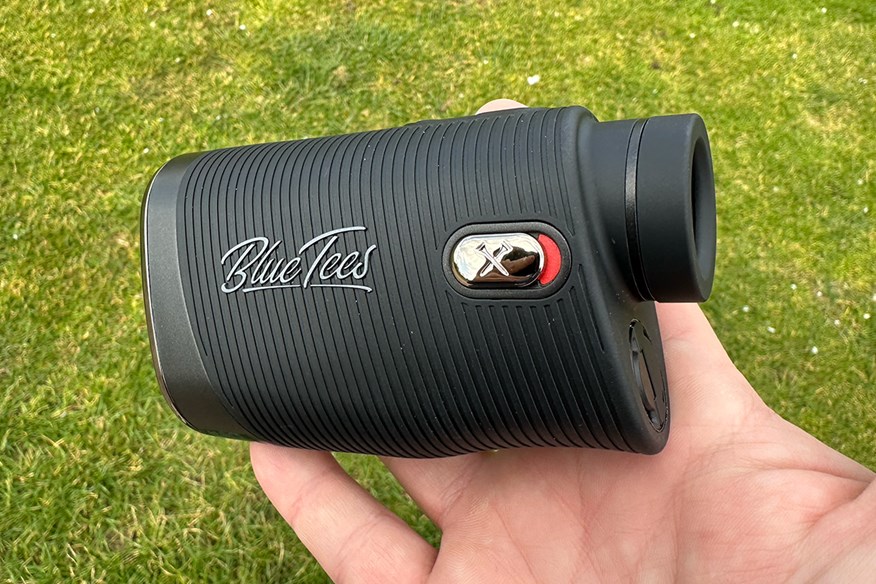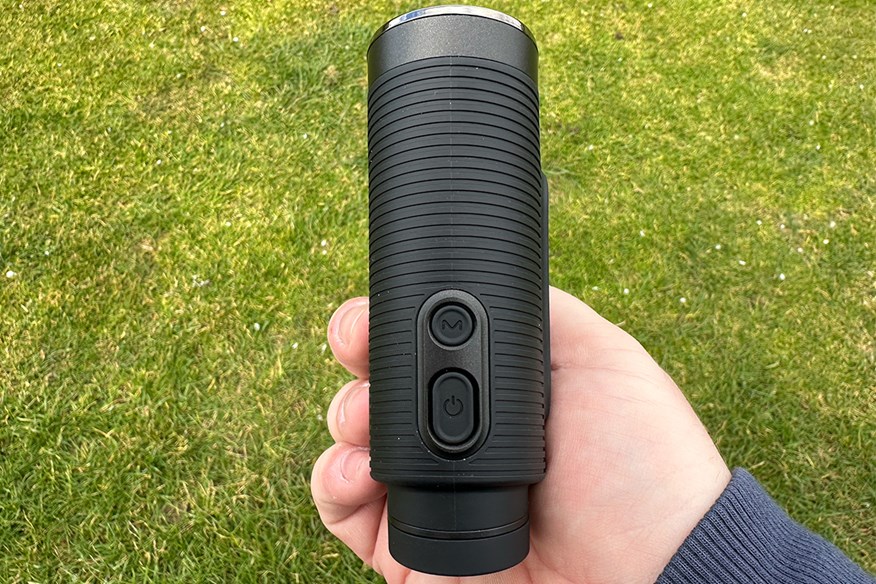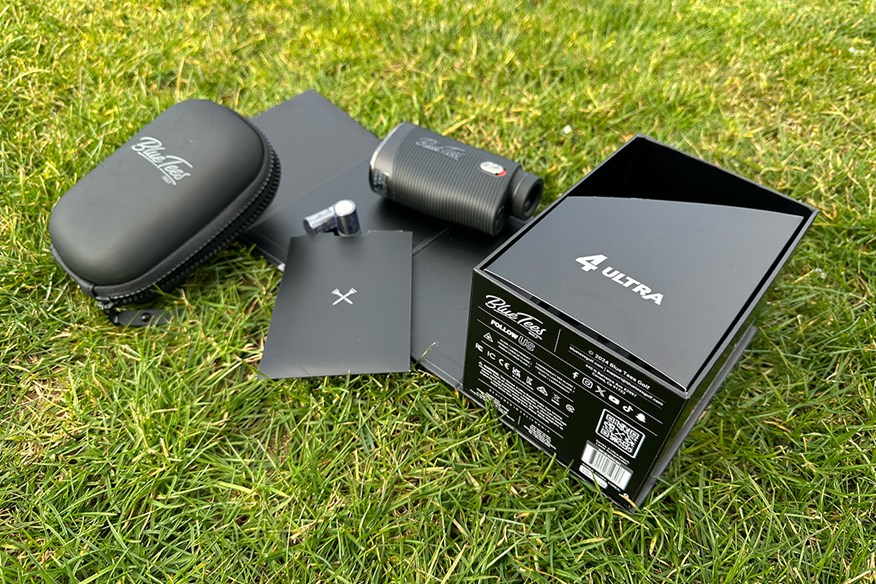Best Golf Rangefinders 2025: Tested to give perfect accuracy every time!
Last updated:
We look at some of the best golf rangefinders available in 2025, helping you make the best decision for your golf game
Jump to:
– At A Glance
– Best Golf Rangefinders
– Buying Guide
– FAQs
With millions of golfers across the globe demanding the utmost precision in their latest golf equipment, the best rangefinders are absolutely not exempt from that expectation, alongside the best Distance Measuring Devices (DMDs).
Providing precise laser-guided yardages to your target, Rangefinders, or Golf Lasers as they’re sometimes known, are often regarded as the most accurate DMDs, although the GPS market is absolutely inundated with quality GPS watches and handheld devices that provide the same or similar information. However, for many golfers, having insight into the exact number massively helps – even if it’s just psychologically.
The importance of an exceptional rangefinder cannot be overstated. After all, putting on a stripe show in front of your friends is all well and good, but watching the ball fall 20 yards short of the flag because you’ve been ‘eye-balling’ it from maybe 180 yards away isn’t going to stop them from giggling at you, is it!
Depending on your ability and exactly what you want to get out of a rangefinder, you can spend under $150 or over $600, but before parting with any of your cash, it’s important to understand exactly what to expect from a rangefinder, no matter how much it costs.
As an example, my personal favorite golf rangefinder is the Blue Tees Series 4. While it’s not the most overloaded model for technology, it’s a fast and very reliable model that is easy to use and understand at any level of the game. Equally, the VoiceCaddie SL3, being a hybrid rangefinder, features a touchscreen display that offers accompanying GPS data as well as delivering highly accurate and quick yardages. The unit offers green undulation, course layout, has a putt view with elevation and distance measurement, and comes in a textured grip that feels like true luxury.
Best Golf Rangefinder: At a glance
– Best Overall: Voice Caddie SL3 GPS Laser | Buy Now
– Best for Accuracy: Garmin Approach Z82 Golf | Buy Now
– Best for Magnification: Bushnell Pro X3+ Golf | Buy Now
– Best for Performance Tracking: Shot Scope PRO LX+ Laser, GPS & Shot Tracking | Buy Now
– Best of Compact: VoiceCaddy Laser FIT | Buy Now
– Best for Customization: Shot Scope Pro X | Buy Now
– Best for Stability: Nikon Coolshot Pro II Stabilized Golf | Buy Now
– Best for Optics: Bushnell Tour V6 Shift Golf | Buy Now
– Best for Brand Integration: Garmin Approach Z30 | Buy Now
– Best Looking: Blue Tees Series 4 Ultra Golf | Buy Now
– Best Value: Shot Scope Pro L2 Golf | Buy Now
A key feature of a rangefinder that is very handy – but illegal in competition play – is slope. Rangefinders that come equipped with scope as standard have the option to be used with or without the feature – making them legal for competition play.
Slope is extremely beneficial because it tells you how much elevation change there is and how much it affects the distance of your shot. Rangefinders fitted with a slope feature do tend to be more expensive but if you can stretch your budget it’s well worth opting for a rangefinder with this function.
If you’re trying to choose between a golf GPS watch or a rangefinder, both are brilliant pieces of equipment that will help you play better golf. After looking through the best rangefinders, read through the buying guide, and it should assist you in making a decision.
The main difference between the best golf rangefinders and the best golf GPS watches is that a rangefinder provides you with specific and accurate yardages to whichever target you choose, whereas a golf GPS watch can only offer yardages to known targets on the device. A couple of the best golf rangefinders have the functionality to be used in the same way as a golf GPS watch, but none of the best golf GPS watches have the capability to work like a golf rangefinder.
It’s important to consider how accurate you need your yardages to be. All of the best golf rangefinders provide astoundingly accurate yardages to exactly where you want to land your shot – but for some golfers this may not be necessary. If after taking a look through the best golf rangefinders you’re still unsure as to whether a rangefinder or GPS watch would serve you better on the golf course be sure to check out the best golf GPS watches.
Best Golf Rangefinders 2025
Stylish and timeless design meets modern and innovative technology
Being a hybrid GPS laser rangefinder, as well as including all the functionality of a rangefinder, the SL3 also features a high-resolution touchscreen, dynamic and detailed green undulation data, course layout graphics, putt view with elevation/distance measurement, and GPS distance readings - much more than your standard rangefinder!
The Pin Tracer and Spot Measurement technology make finding the pin quicker and easier than ever. You can receive a yardage as soon as 0.1 seconds after pressing the button.
The slope functionality can easily be turned off when playing competitive golf and turned back on when you're not.
After purchasing a Voice Caddie SL3 GPS Laser Rangefinder, your one-year warranty will start immediately.
Pros
- Exudes luxury and quality
- Amazing functionality
- Clear optics
Cons
- Using the GPS does take its toll on the battery
| Range | 1,000 yards (+/- 1 yard) |
| Magnification | 6x |
| Protection | Waterproof |
| Battery life | 20 hours (GPS Pin assist mode) / 45 hours (Laser mode) |
A premium laser GPS hybrid providing the most accurate yardages on the market
Best rangefinder for accuracy
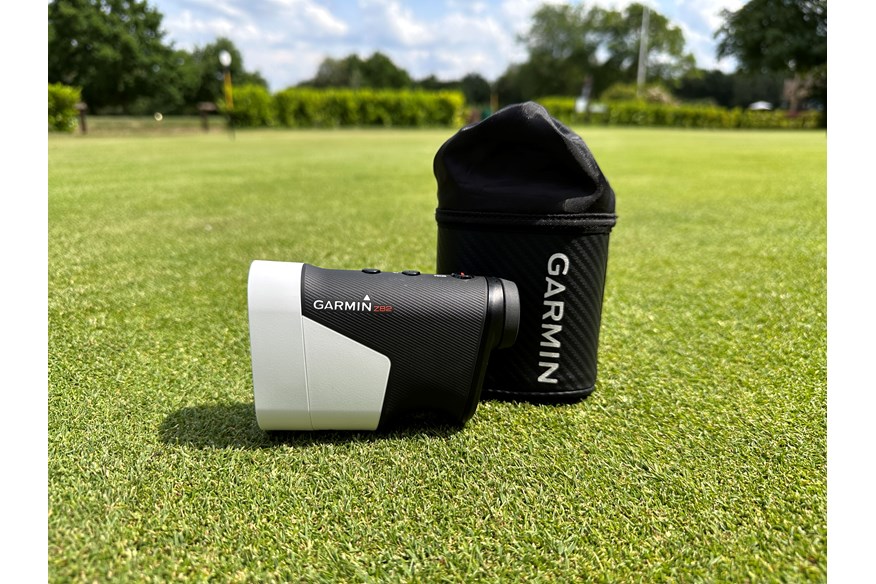

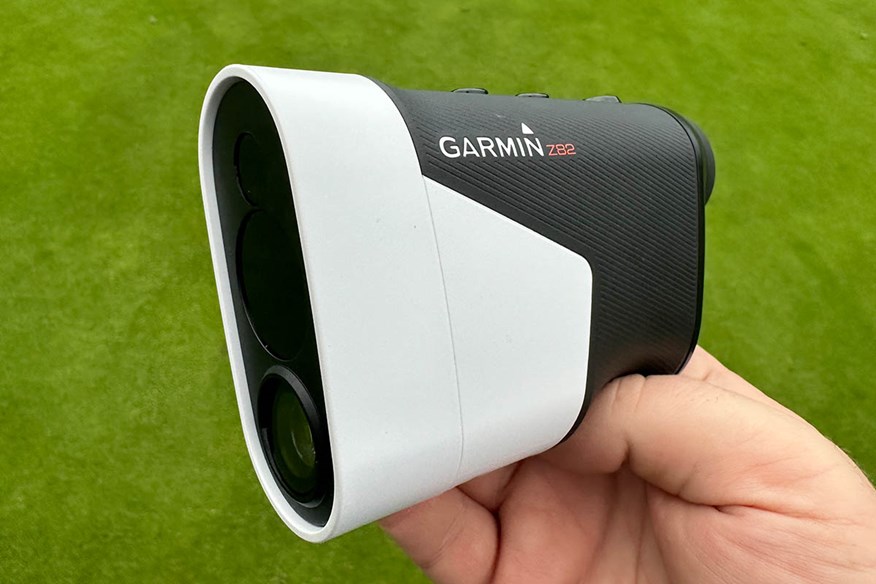
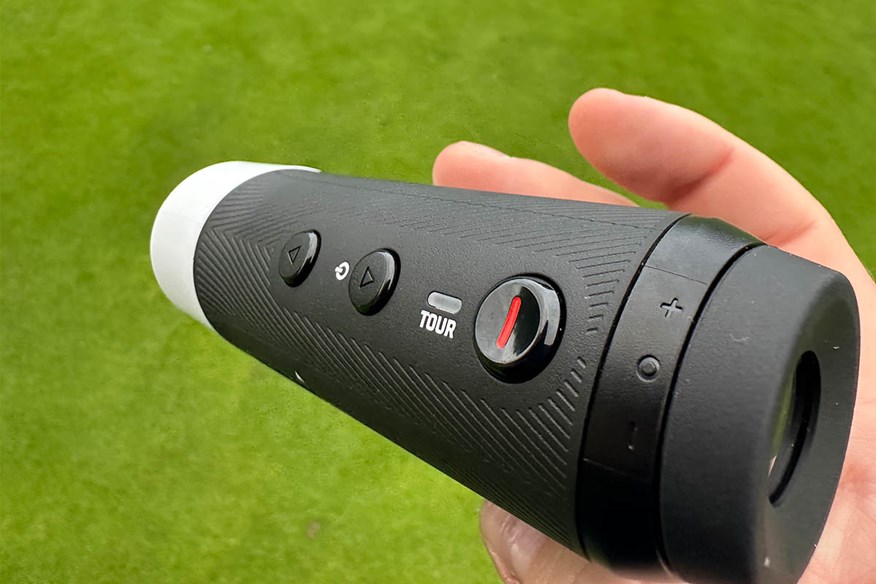
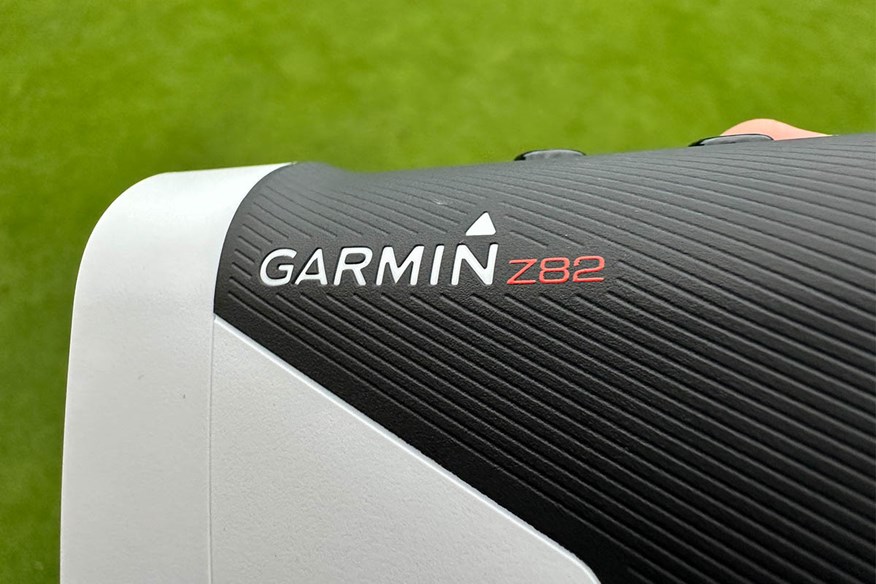

The Garmin Approach Z82 is a great option for anyone who can’t decide between a golf rangefinder and a GPS, as it effectively gives you the best of both worlds.
As a straight-up laser rangefinder, it provides what Garmin say is the most accurate reading on the market, to within 10".
But there's so much more to the Garmin Approach Z82 than that.
You can see a map of the hole, with distances to the front, middle, and back of the green, as well as any hazards.
There's wind speed and direction, as well as a "plays like" distance which adjusts the yardage based on whether you're playing up or downhill.
Blind shots, normally a problem for golf laser rangefinders, are no problem for the Z82 thanks to a 'PinPointer' feature which tells you the direction to the pin so you know where to aim.
The Z82 can even help you hole more putts thanks to a Green Contour feature, though this does require a Garmin Golf app membership (£8.99 per month or £89.99 per year).
There's a 'tournament mode' switch that turns off features that aren't allowed to be used in competition.
Read our How to get the most from your Garmin GPS guide.
Pros
- Highly accurate yardages
- Super easy to use
- Works as a GPS and rangefinder
Cons
- Garmin Golf app membership requires payment
| Range | 450 yards (+/- 10") |
| Magnification | 6x |
| Protection | Waterproof (IPX7 rating) |
| Battery life | Up to 15 hours |
Highly accurate with slope and element-adjusted functionality
It also offers 7x magnification, the best of any golf rangefinder on the market, making it even easier to focus on the flag. A red ring around the target flashes while the rangefinder unit vibrates slightly to let you know you have locked on to the flag.
The Bushnell Pro X3+ comes with a magnetic mount that allows you to stick the rangefinder to the frame of a golf buggy or your trolley (assuming it’s made of metal, of course).
But perhaps the cleverest part is the Bushnell Pro X3’s ‘slope with elements’ feature, which means it will take into account not just how uphill or downhill your shot is, but also the air temperature and pressure. A change in elevation may mean your shot is playing 10-20 yards longer or shorter than the actual yardage, so it’s vital information.
The Bushnell Pro X3+ is fully waterproof and comes with a two-year warranty, and even now comes with the ability to link to Foresight's software to develop your game both in the studio as well as on-course.
Pros
- Looks fantastic
- 7x magnification makes locking in on the pin easy from way out
- Fully waterproof gives you piece of mind in wet conditions
- Connectivity to the Foresight app for joint game development
Cons
- There are other options at a similar price with more functionality
| Range | 600+ yards (+/- 1 yard) |
| Magnification | 7x |
| Protection | Waterproof (IPX7 rating) |
| Battery life | Replace every six months (suggested) |
A laser rangefinder, GPS, and shot-tracking device in one
Best rangefinder for performance tracking
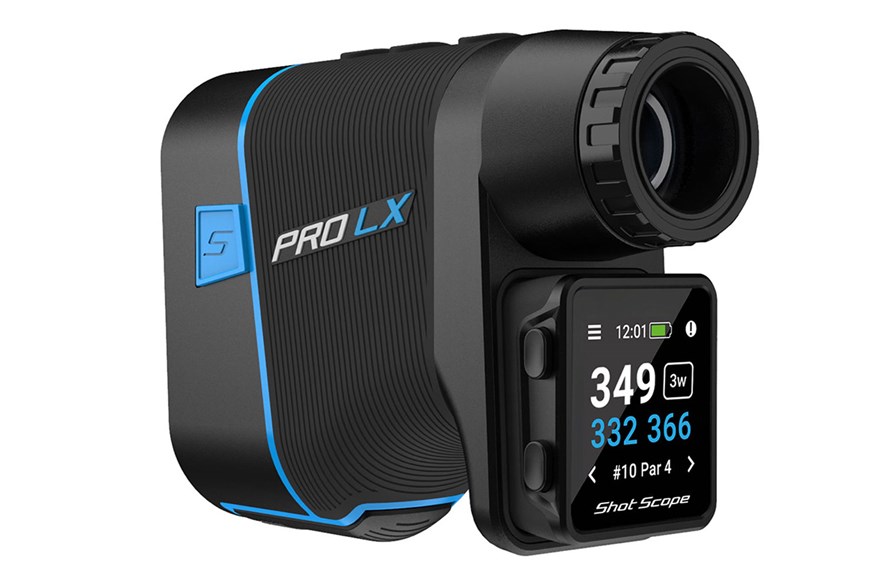

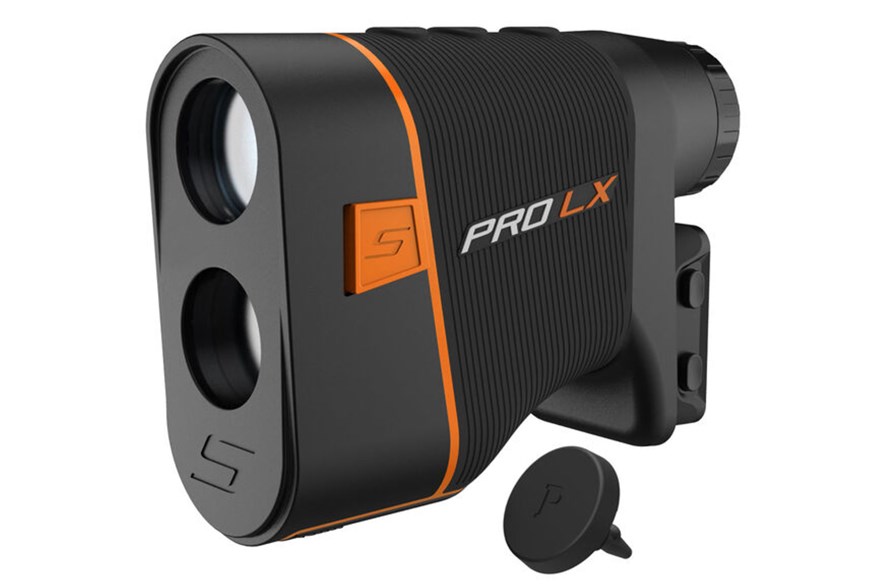
The first golf rangefinder of its kind, the Shot Scope Pro LX+ is three products in one: a laser rangefinder, a GPS, and a shot-tracking device.
With 7x magnification, a range of 900 yards, adaptive slope technology, and rapid-fire detection, the rangefinder stands its own against any other, but it's the extra features that make the Shot Scope stand out.
You get 16 plug-n-play tags which allow you to track every shot you play and then analyze each round you play across hundreds of performance statistics, including strokes gained. Shot Scope's data shows that golfers improve by 4.1 shots on average, which is impressive.
If you have the patience required to get fully set up by screwing in all the tags to the top of your clubs, then the three-in-one functionality of this rangefinder will more than satisfy your data cravings.
Pros
- Provides outstanding analysis of your golf game
- Fantastic functionality that helps you improve your golf
- 7x magnification makes locking in on pins from way out extremely easy
Cons
- Could be quite complicated for golfers who aren't tech-savvy
| Range | 900 yards (accuracy +/- 1 yard) |
| Magnification | 7x |
| Protection | Water-resistant |
| Battery life | 15+ hours |
Perfectly compact for those who want quality while saving space
Fun analogies aside, I really do like the size of the Laser FIT. It's not meant for me, too small for me to hold in comfort, but when members of the team with the ability to hold objects with more than a minimal level of grace have used this rangefinder, they've found it to be a brilliant size for dropping into their pockets while still being easily usable on-course.
The one condition we've found it difficult to use the Voice Caddie model in is in strong wind, though that's true of any lightweight model. The Laser FIT is so light that it becomes harder to control as there's no natural weight to counter the gales, although bracing against your body can support the steadiness slightly.
Pros
- Super small making it easy to carry on your person during your round
- Delivers very accurate yardages
Cons
- In windy conditions it can sometimes be difficult to lock in on the pin
| Range | 800 Yards |
| Magnification | 6x |
| Protection | Soft Pouch |
| Battery life | 40+ Hours Rechargable |
Add your own flavor to this customizable model
There's an On/Off Adaptive Slope option, perfect for optimising your distances when attacking greens. Combine with the vibration-backed Target Lock system and a Rapid Fire flag acquisition - and after playing with it for the last few rounds, it really is quick - you'll be all set to start pin-hunting within seconds of opening the box.
What we really love about Shot Scope's latest model, though, is the interchangeable plate system they now offer, which comes in a variety of stock logo options that let you express your personality through the Pro X laser. You can show your love for a certain course in Augusta; you can strap on a flag if you're feeling particularly patriotic; or, if you're planning a golf trip or corporate event, custom order your own logo through Shot Scope's excellent customer service team, which you can see with our own Today's Golfer brand on fantastic display in the photography!
Pros
- Wide variety of stock plate options, plus custom options to order
- Incredibly comfortable for size and weight in hand
- Rapid target acquisition
Cons
- Six order minimum means custom is limited to larger groups
| Range | 800 Yards |
| Magnification | 6x |
| Protection | Hard Shell Carry Case |
| Battery Life | Approximately 5,800 measurements |
A brilliant rangefinder for golfers who don't have the steadiest hands
Nikon have incorporated technology from their cameras and lenses to manufacture a golf rangefinder that counteracts shaky hands and environmental factors to steady both your view and the rangefinder.
HYPER READ technology provides a measurement in as quick as 0.3 seconds - no excuse for slow golf. The numbers are crystal clear on the bright OLED display.
With built-in slope functionality that can be turned on or off depending on whether you're playing in a competition or not, the Nikon Coolshot Pro II Stabilized Golf Rangefinder is an amazing companion to help you play better golf.
With a five-year warranty, play stress-free golf knowing you're covered by one of the best warranties on the market.
Pros
- Delivers super quick measurements
- Really good warranty of five years
- Fantastic for golfers with shaky hands
Cons
- Pitches in at a very competitive price point
| Range | 1,200 yards (+/- 0.75 yards) |
| Magnification | 6x |
| Protection | Waterproof and fog proof |
| Battery life | Approximately 2,200 measurements |
The most accurate and consistent rangefinder Bushnell has produced
The Tour V6 is accurate to within one yard with up to 1,300-yard range performance (400+ yards to a flag) and six-times magnification.
The IPX6 weather-resistant device features Bushnell’s PinSeeker with Visual JOLT Technology, which encircles the flag with a flashing, vibrating red ring to give you even greater confidence that you have locked onto the pin.
Slope-adjusted technology can conveniently be switched on and off to conform with tournament regulations, and Bushnell's exclusive BITE technology allows golfers to securely attach their rangefinder to a golf cart or trolley.
The Tour V6 comes with a premium carry case, a three-volt battery, and a ball marker.
Pros
- Crystal clear optics
- JOLT technology gives you numbers you can trust
- Brilliant range means you'll never not be able to zap a target
Cons
- Slope functionality comes at an extra cost (Bushnell Tour V6 doesn't have slope)
| Range | 1,300 yards (+/- 1 yard) |
| Magnification | 6x |
| Protection | Waterproof (IPX6 rating) |
| Battery life |
The perfect pair for a Garmin smartwatch
Functionally, the same as any other rangefinder out of the box, the Garmin Z30 is best used when paired with the Garmin Golf app. Able to utilize the GPS features of other linked devices, the Approach Z30 can not only give you incredibly accurate Slope data, but also tracks pin location and green orientation from your position to give you carry distances for the front and back of the green on the flag's target line.
It's a phenomenal feature, one I've loved from my first round with the laser and, if you already have a Garmin watch you love, this is the only laser I'd consider buying.
Pros
- Exceptional integration for owners of Garmin GPS products
- Simple functionality in the design
- Looks fantastic with clean colors
Cons
- Pricing combined with a GPS watch is quite high
| Range | 400 Yards |
| Magnification | 6x |
| Protection | Hard Carry Case |
| Battery life | 1 Year, replaceable |
Adaptive color display with timeless good looks
We loved the previous edition Series 3, with it's cool SoCal vibes and eye-catching but timeless styling. It's something that we were immediately looking to see carryover when the box arrived into the office, which made it all the more pleasing when we'd finally ripped through the packaging.
Styled in black, the Series 4 Ultra equally holds up to any standard you want to put it against, with one of the fastest Slope-backed target acquisitions we've ever tested as well as incredibly stable pin locking with a great auto-focus feature.
It's simple, charming, and our tester's favorite laser rangefinder of the year.
Pros
- Looks amazing
- Very ergonomic shape
- Color-changing display depending on the conditions is a game changer
Cons
- Doesn't feel as quality as the high-end rangefinders
| Range | 1200 yards |
| Magnification | 7x |
| Protection | Magnetic Hard Case |
| Battery life | 3,500 to 4,000 measurements |
A premium performing rangefinder at an unbeatable price point
Best value rangefinder
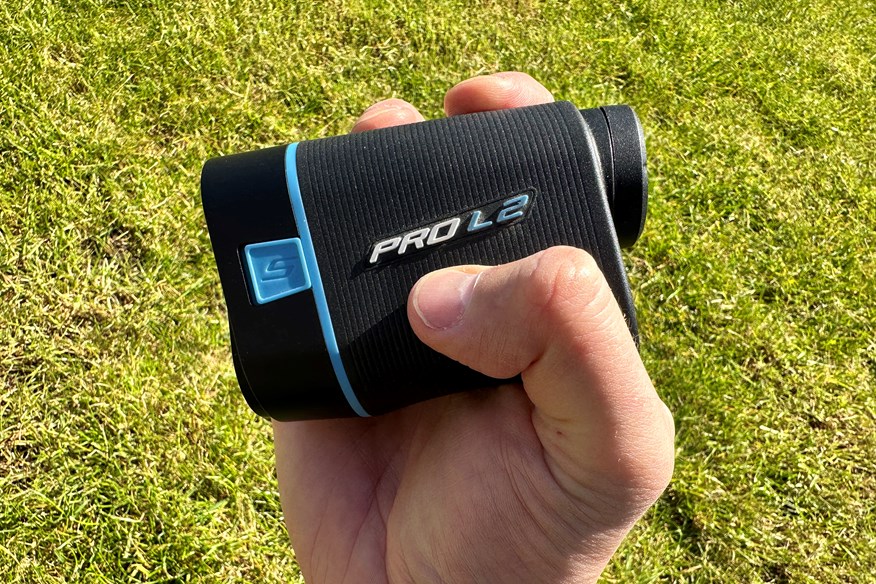

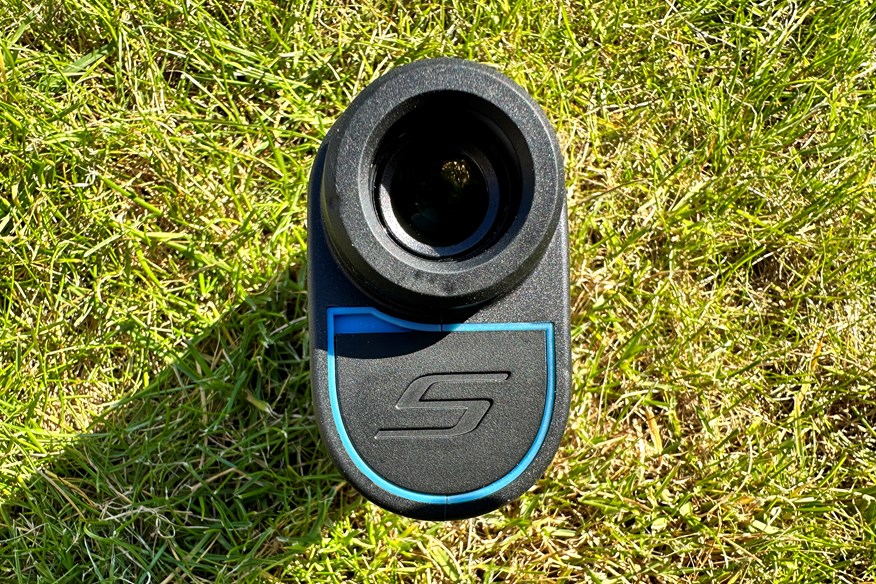
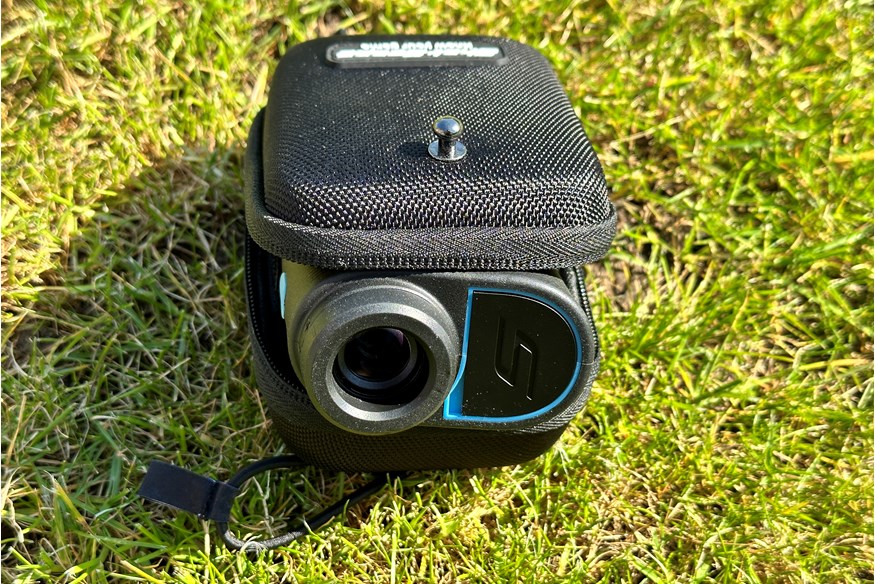
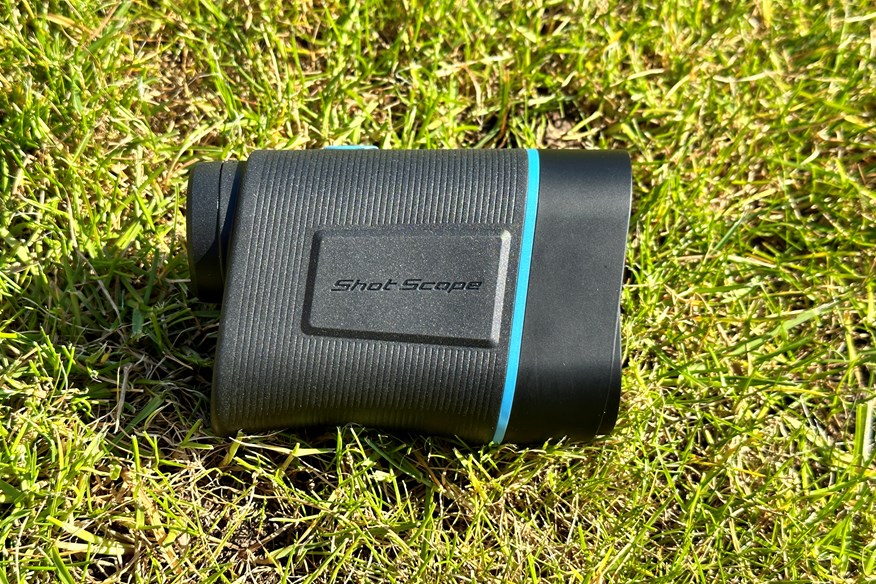
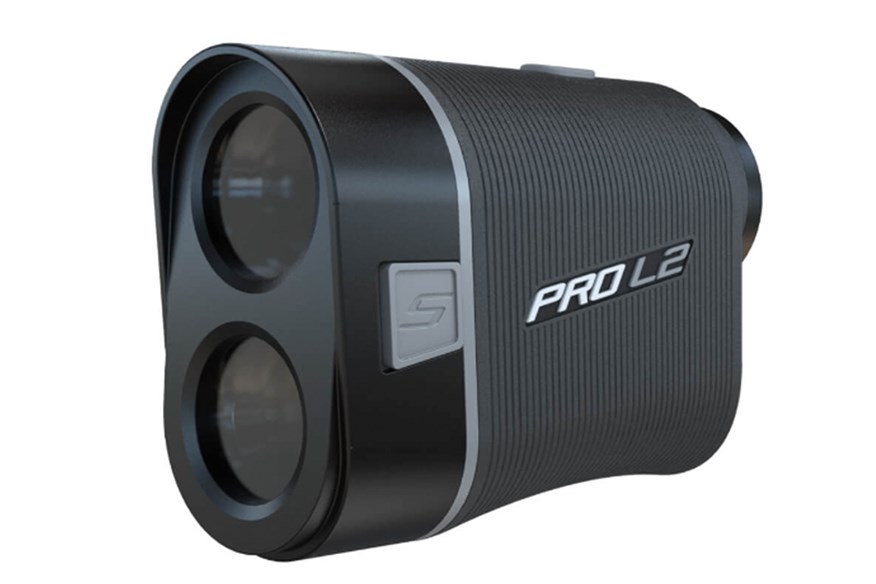
Distances are impressively quick and accurate. I compared the Pro L2 with my playing partner’s Bushnell across 18 holes, and the Pro L2 was always within a yard of its more expensive rival and fired back the distance in an equally impressive time.
Shot Scope’s adjustable focusing ring ensures you can bring any target into sharp view, or adjust the device to suit your eyesight, and the ability to swap between sloped and non-sloped distances at the flick of the side switch ensures the Pro L2 is usable in competitions.
It’s a compact rangefinder (about two-thirds the length of my iPhone 14 Pro and half the width), but the rippled texture to the outer casing meant I never felt at risk of losing grip, and I was able to get measurements easily using just one hand.
For those of you who use buggies, the Pro L2 has a ridiculously strong magnet, allowing you to attach it to the side of your cart.
Overall, if there’s a better rangefinder at this price than the Shot Scope Pro L2, I’m yet to use it.
Read our full Shot Scope Pro L2 rangefinder review.
Pros
- Incredible value
- Easy to use
- Accurate yardages
- Robust case
Cons
- Plastic button and battery cover impact premium feel
| Range | 700 yards (+/- 1 yard) |
| Magnification | 6x |
| Protection | Water-resistant |
| Battery life | Replaceable CR2-3V battery |
Best Golf Rangefinders: Buying Guide
Even though they are one of the smaller items in (or on) your golf bag, rangefinders are jam-packed with technology that will help you play better golf and chip away at that handicap allowance. One thing you may have noticed after looking through the best golf rangefinders is that they aren’t super cheap, but that’s countered by being one of the best investments you can make for your golf game. Before settling on a rangefinder, it’s important to carry out some research. Here are some key considerations to factor into your decision-making.
Value
Depending on how much functionality you want from a rangefinder will most likely dictate how much you spend. Whether you’re in the market for a rangefinder that’s cheaper than £100 or prepared to splash out on one of the most expensive rangefinders, you can always find value. Finding good value requires figuring out exactly what functionality you want from a rangefinder, whittling down the options to determine which models meet most of your requirements, and choosing either the best-priced rangefinder or the one with the most functionality if it isn’t too much more expensive.
Accuracy
Unless you have the natural ability to determine distance with your naked eye, every rangefinder is going to be more accurate than your best guess! Accuracy refers to how close the measured distance with a rangefinder is to the known distance. If you’re playing a 150-yard par-3 and the pin is in the center of the green, a quality rangefinder should give you that exact number, often times even down to less than 0.1 of a yard of accuracy – provided you have locked in on the correct target. No matter your standard of golf, the vast majority of rangefinders should be accurate enough for you to improve your proximity to the hole, provided you use the information effectively.
Battery life
Battery life shouldn’t be a major concern when purchasing a rangefinder. Rangefinders now use one of two methods to power themselves: an internal rechargeable cell, which can be reenergized through a USB cable, or an external CR2 battery, which is simply replaced when it runs out. As you only use a rangefinder for a matter of moments each time, the battery life of rangefinders tends to be longer than most electronics, but be aware of the rechargeable models. Often, they are employed for lasers with expanded connectivity (like the Garmin Approach Z82) so don’t carry the same battery life as the external power-source will – you’ll likely see 10-12 hours of use from the batteries you can charge, whereas the CR2 will last 6-12 months depending on how often you play.
Slope feature
For some golfers, slope is a non-negotiable feature of a rangefinder – myself included. I couldn’t imagine owning a rangefinder that doesn’t tell me how much elevation change to account for. Other golfers might not see the need for slope, especially considering it can’t be used in competition play. However, outside of tournament golf, it provides amazing insight into how much elevation change can impact yardage – information you can factor in and remind yourself of when playing competitively.
Range
It’s incredibly unlikely you’ll ever need the maximum range of a rangefinder, considering the majority of them have a range that’s longer than most courses’ longest hole. There are some rangefinders with ranges north of 900 yards that can be used for other activities, such as birdwatching, but if you’re only in the market for a golf-specific rangefinder, 400-yard ranges will more than suffice. You’ll be better off prioritizing accuracy and magnification over range, unless you’re built like Martin Borgmeier.
Rangefinder or Watch?
As already mentioned, whether you opt for one of the best golf rangefinders or one of the best golf GPS watches, both are sound investments that will improve your golf game. Before deciding on which device to go for – or whether to purchase both – it’s important to consider the following information.
Both devices provide accurate distances to specific targets, the only difference is that, with a rangefinder, you can pick your own target, whereas with a GPS watch, it’s a target known to the device. What this means is if you’re playing a par 3 that reads 150 yards on the scorecard, but the tees are 10 yards back, the watch will tell you it’s now 160 yards to the middle of the green. However, the pin might not be in the middle of the green. Therefore, this is where a rangefinder is massively advantageous; if the pin is tucked in the back left corner, you will be able to get a precise number to the pin, which could be 170 yards. Not owning a watch or rangefinder may have resulted in you hitting an 8-iron; owning a watch might have made you hit a 7-iron, but owning a rangefinder would make you hit a 6-iron, allowing you to send the ball all the way back to the hole.
Obviously, not every golfer needs insane amounts of accuracy and precision because not every golfer can stop the ball on a dime, but having the additional information is hugely beneficial to your game and it will help you produce lower scores. That being said, owning a golf GPS watch will still help you choose a more accurate club to hit a certain number as opposed to guessing. However, knowing the exact number to exactly where you want to hit the ball is definitely more favourable.
One query I often hear surrounding rangefinders is ‘How do you obtain distances to hazards?’ I get that with all of the best golf GPS watches, you’re able to see distances to hazards and carry distances to clear hazards extremely easily. However, with a rangefinder, you can simply zap the hazard in question, and you know exactly how far it is to the hazard on the line you’re going to take.
Rangefinders and GPS watches are fantastic pieces of kit; you wouldn’t be disappointed with either, but if you’re looking for the most accurate device to help you lower your scores, nothing comes close to the best golf rangefinders.
Best Golf Rangefinders: FAQs
-
 The best golf rangefinders
The best golf rangefinders
-
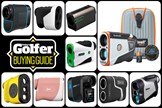 Best Golf Rangefinders 2023
Best Golf Rangefinders 2023
-
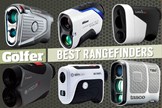 Best Golf Rangefinders
Best Golf Rangefinders
-
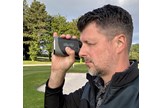 Blue Tees Series 3 Max Golf Rangefinder (d)
Blue Tees Series 3 Max Golf Rangefinder (d)
-
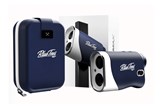 Blue Tees Series 3 Max Golf Rangefinder
Blue Tees Series 3 Max Golf Rangefinder
-
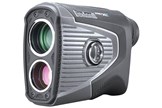 Bushnell Pro XE golf rangefinder.
Bushnell Pro XE golf rangefinder.
-
 Bushnell Tour Shift V6 Golf Rangefinder
Bushnell Tour Shift V6 Golf Rangefinder
-
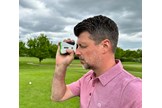 Easygreen Vision Pro Golf Rangefinder (d)
Easygreen Vision Pro Golf Rangefinder (d)
-
 garmin-Approach-Z80
garmin-Approach-Z80
-
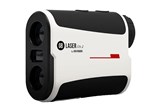 Golfbuddy Laser Lite 2 Golf Rangefinder
Golfbuddy Laser Lite 2 Golf Rangefinder
-
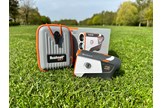 Bushnell Tour Shift V6 Golf Rangefinder (c)
Bushnell Tour Shift V6 Golf Rangefinder (c)
-
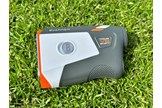 Bushnell Tour Shift V6 Golf Rangefinder (b)
Bushnell Tour Shift V6 Golf Rangefinder (b)
-
 Motocaddy Pro 3000 Golf Rangefinder (b)
Motocaddy Pro 3000 Golf Rangefinder (b)
-
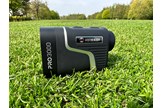 Motocaddy Pro 3000 Golf Rangefinder
Motocaddy Pro 3000 Golf Rangefinder
-
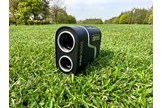 Motocaddy Pro 3000 Golf Rangefinder (c)
Motocaddy Pro 3000 Golf Rangefinder (c)
-
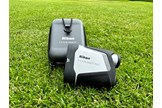 Nikon Coolshot 50i Golf Rangefinder (c)
Nikon Coolshot 50i Golf Rangefinder (c)
-
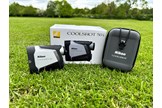 Nikon Coolshot 50i Golf Rangefinder (b)
Nikon Coolshot 50i Golf Rangefinder (b)
-
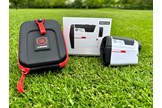 Golfbuddy Laser Lite Golf Rangefinder
Golfbuddy Laser Lite Golf Rangefinder
-
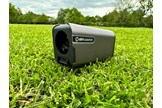 Golf Buddy Aim Quantum Golf Rangefinder (b)
Golf Buddy Aim Quantum Golf Rangefinder (b)
-
 Golf Buddy Aim Quantum Golf Rangefinder
Golf Buddy Aim Quantum Golf Rangefinder
-
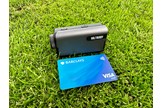 Golf Buddy Aim Quantum Golf Rangefinder (c)
Golf Buddy Aim Quantum Golf Rangefinder (c)
-
 Easygreen Vision Pro Golf Rangefinder (c)
Easygreen Vision Pro Golf Rangefinder (c)
-
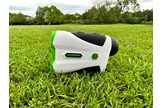 Easygreen Vision Pro Golf Rangefinder
Easygreen Vision Pro Golf Rangefinder
-
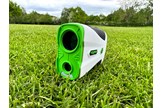 Easygreen Vision Pro Golf Rangefinder (b)
Easygreen Vision Pro Golf Rangefinder (b)
-
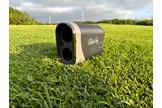 Blue Tees Series 3 Max Golf Rangefinder (c)
Blue Tees Series 3 Max Golf Rangefinder (c)
-
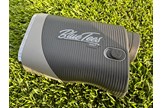 Blue Tees Series 3 Max Golf Rangefinder (b)
Blue Tees Series 3 Max Golf Rangefinder (b)
-
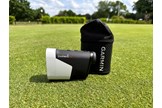 Garmin Approach Z82 Golf Rangefinder (b)
Garmin Approach Z82 Golf Rangefinder (b)
-
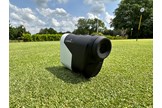 Garmin Approach Z82 Golf Rangefinder
Garmin Approach Z82 Golf Rangefinder
-
 Garmin Approach Z82 Golf Rangefinder
Garmin Approach Z82 Golf Rangefinder
-
 Mileseey GPF12 Golf Rangefinder
Mileseey GPF12 Golf Rangefinder
-
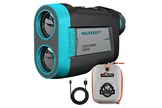 Mileseey Laser Golf Rangefinder
Mileseey Laser Golf Rangefinder
-
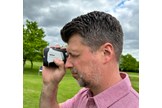 Nikon Coolshot 50i Golf Rangefinder (c)
Nikon Coolshot 50i Golf Rangefinder (c)
-
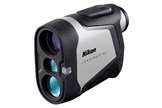 Nikon Coolshot 50i Golf Rangefinder
Nikon Coolshot 50i Golf Rangefinder
-
 Nikon Coolshot Pro Stabilized golf rangefinder.
Nikon Coolshot Pro Stabilized golf rangefinder.
-
 Rory McIlroy and Charley Hull check yardages with a golf laser rangefinder during practice rounds.
Rory McIlroy and Charley Hull check yardages with a golf laser rangefinder during practice rounds.
-
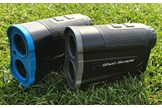 Shot Scope Pro L1 rangefinder.
Shot Scope Pro L1 rangefinder.
-
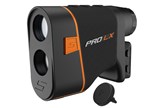 Shot Scope Pro LX Golf Rangefinder
Shot Scope Pro LX Golf Rangefinder
-
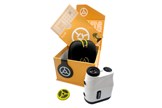 TecTecTec KLYR Golf Rangefinder (b)
TecTecTec KLYR Golf Rangefinder (b)
-
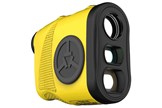 TecTecTec KLYR Golf Rangefinder
TecTecTec KLYR Golf Rangefinder
-
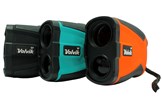 The Volvik V1 golf rangefinder.
The Volvik V1 golf rangefinder.
-
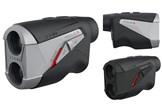 Zoom Focus S Golf Rangefinder (b)
Zoom Focus S Golf Rangefinder (b)
-
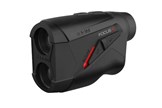 Zoom Focus S Golf Rangefinder
Zoom Focus S Golf Rangefinder

